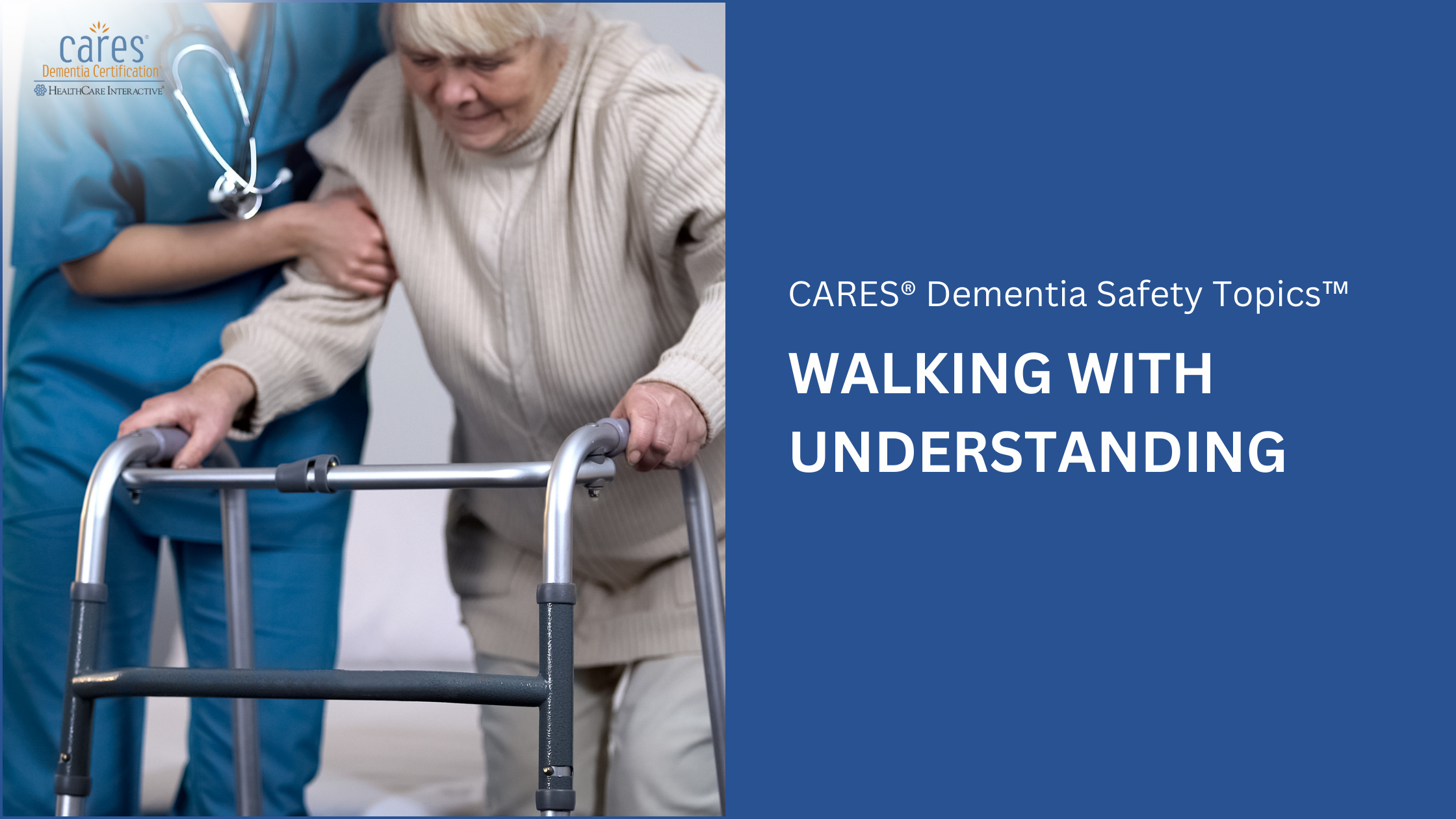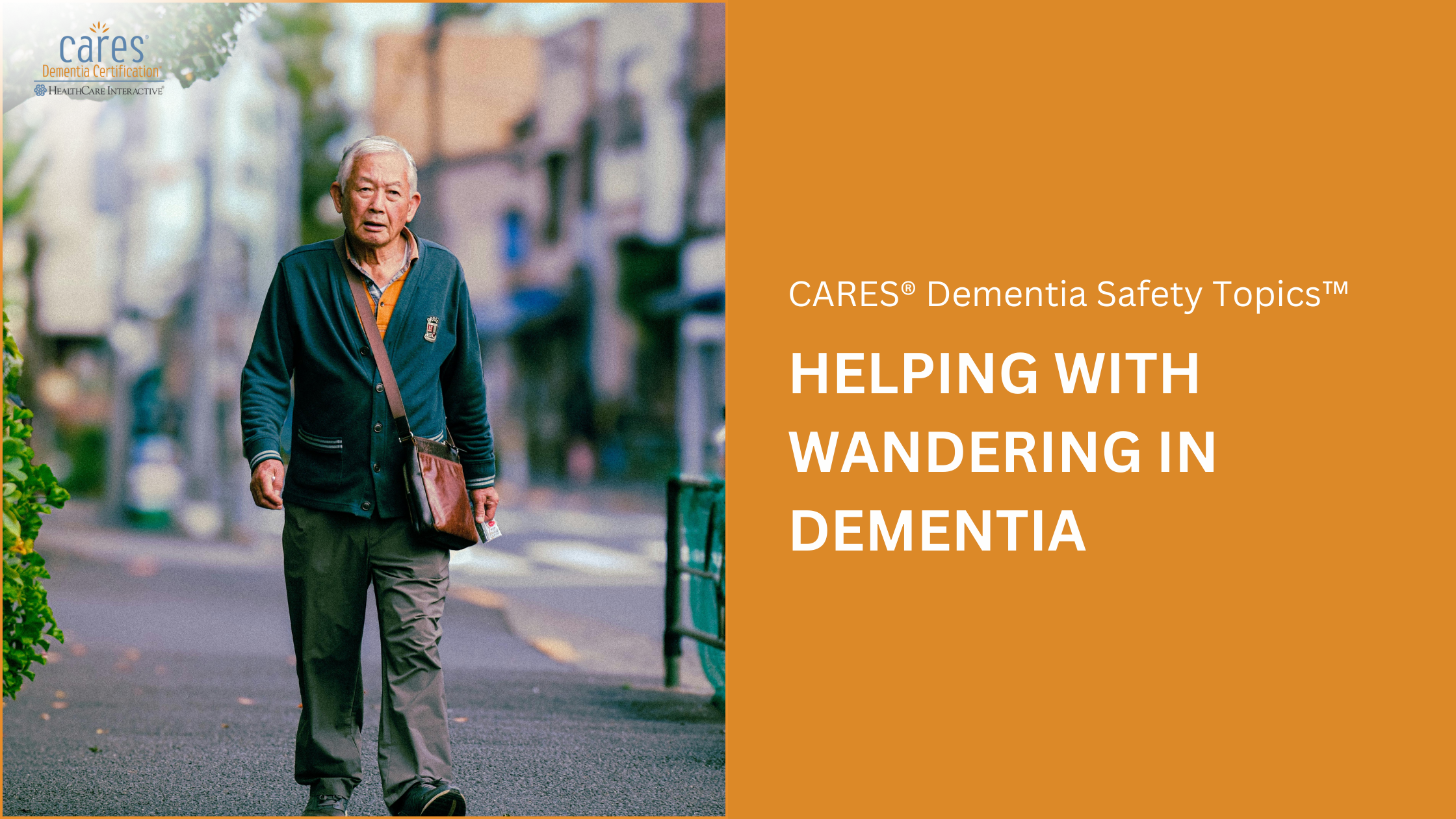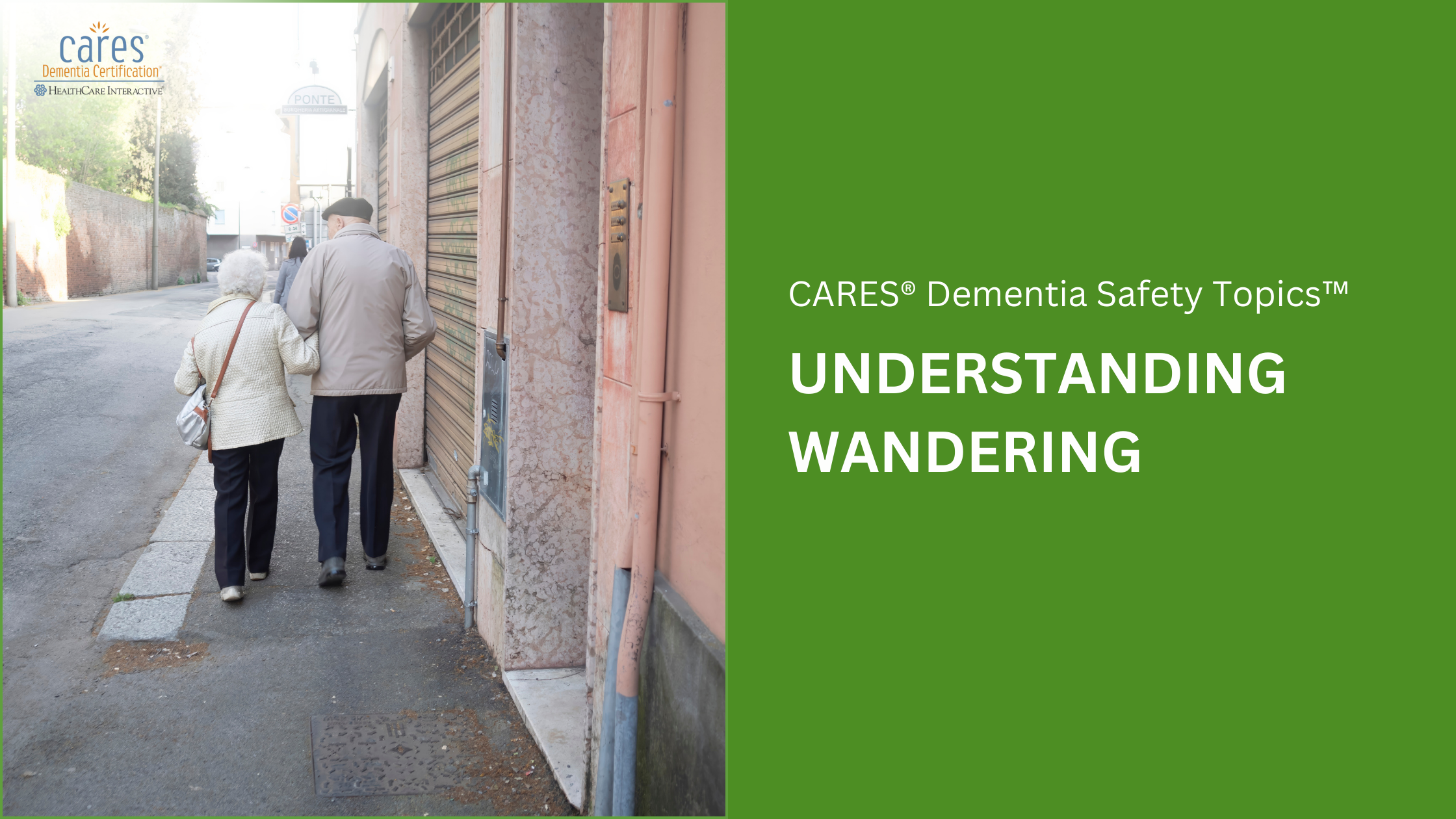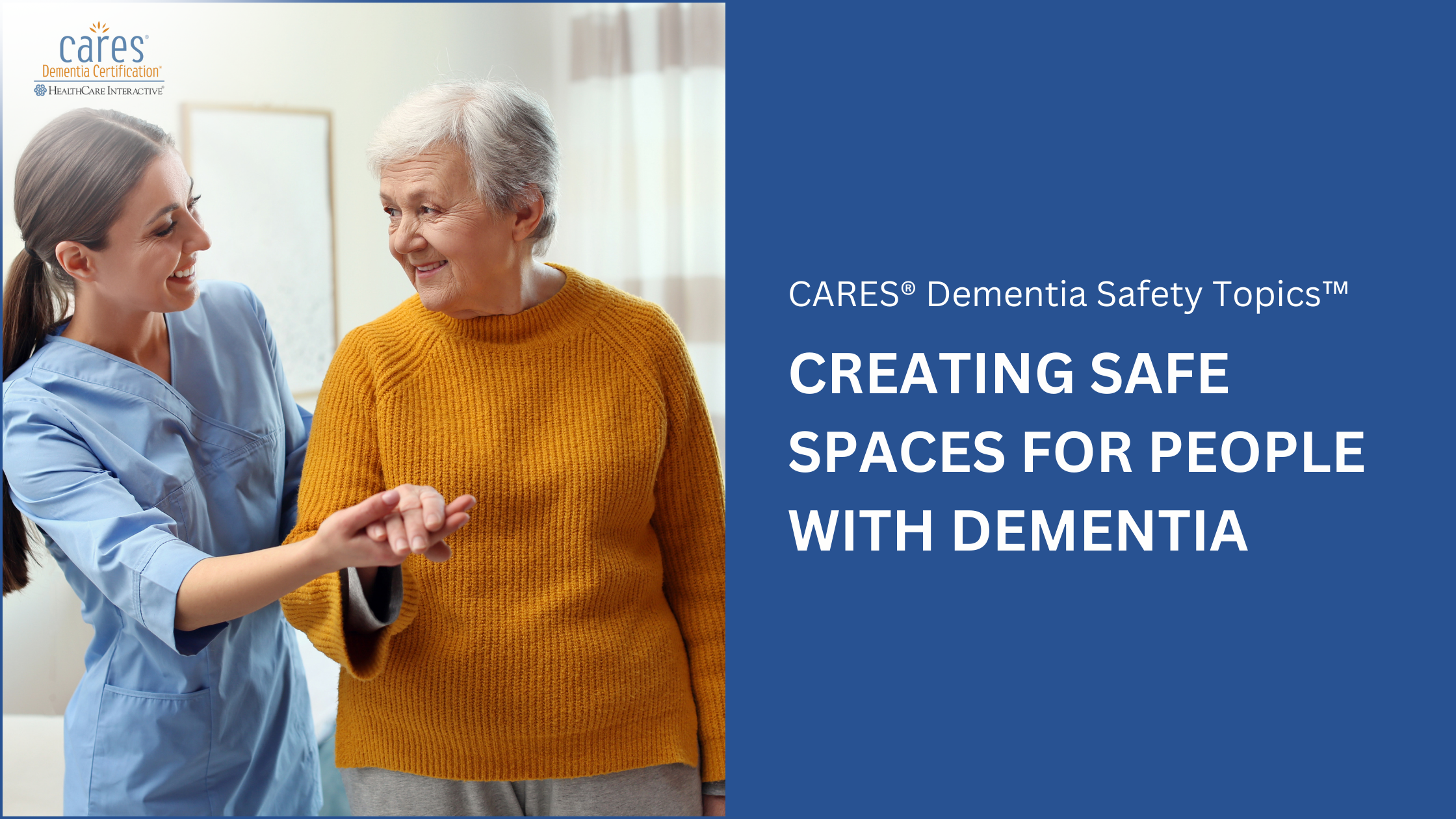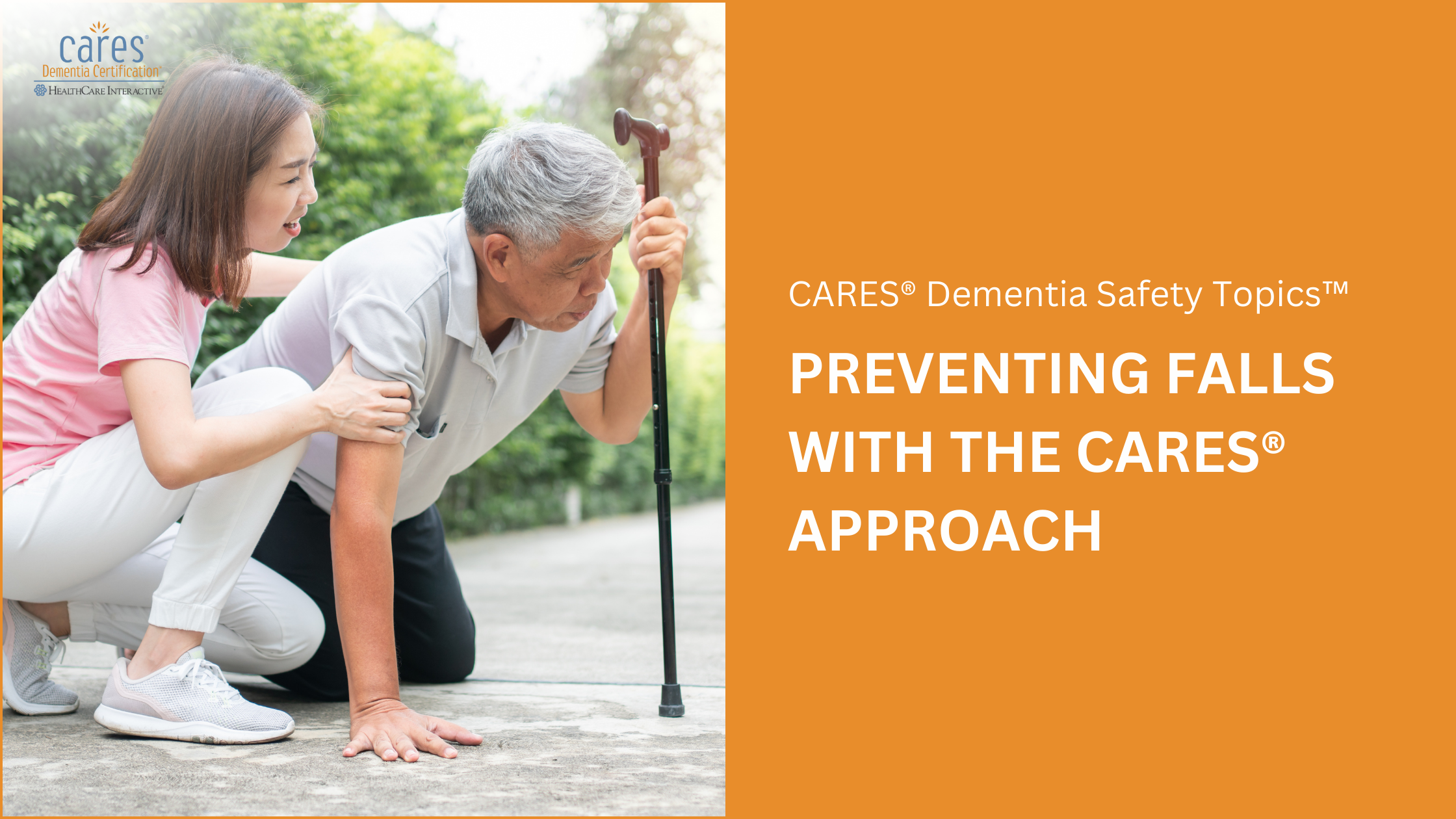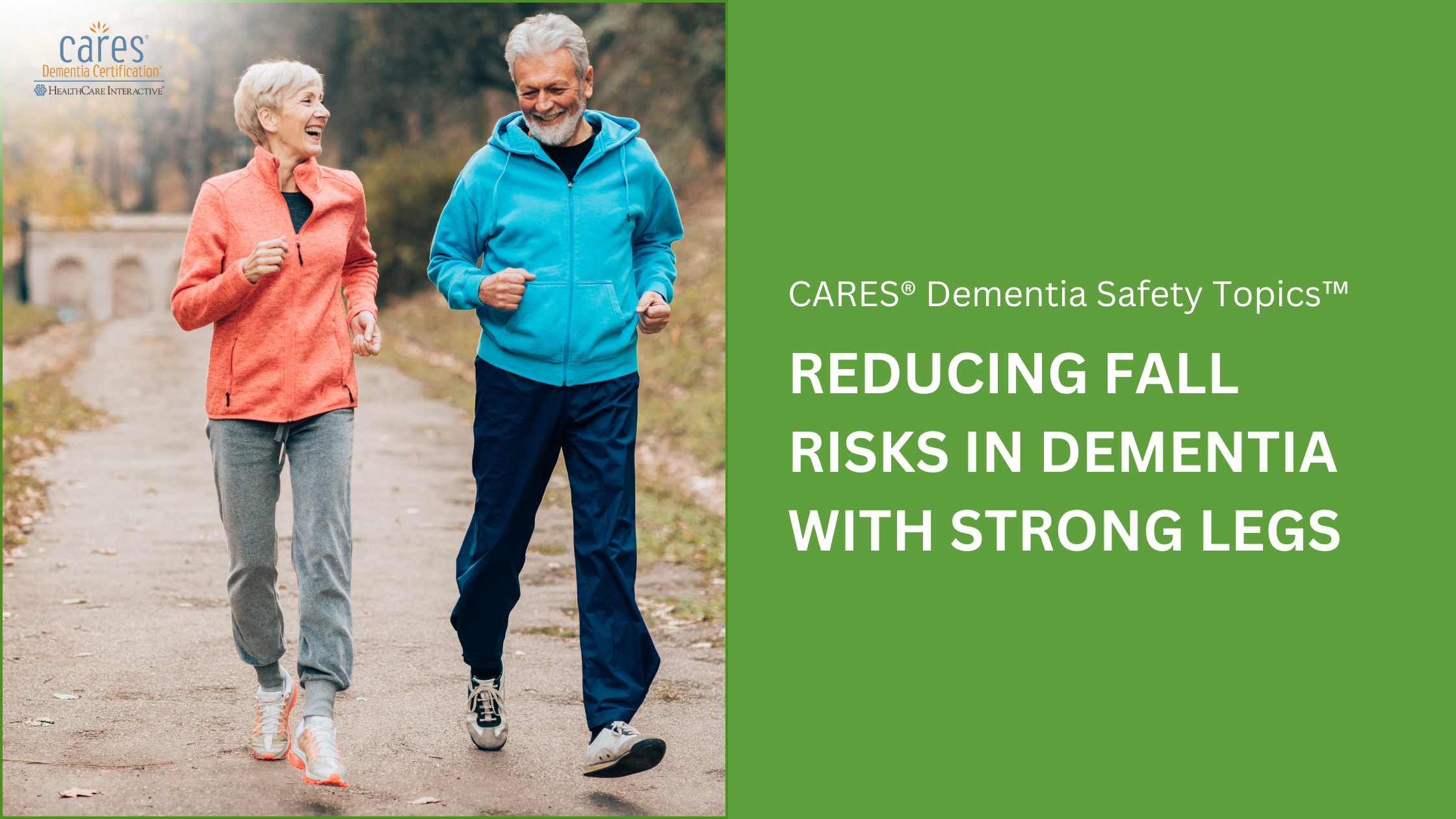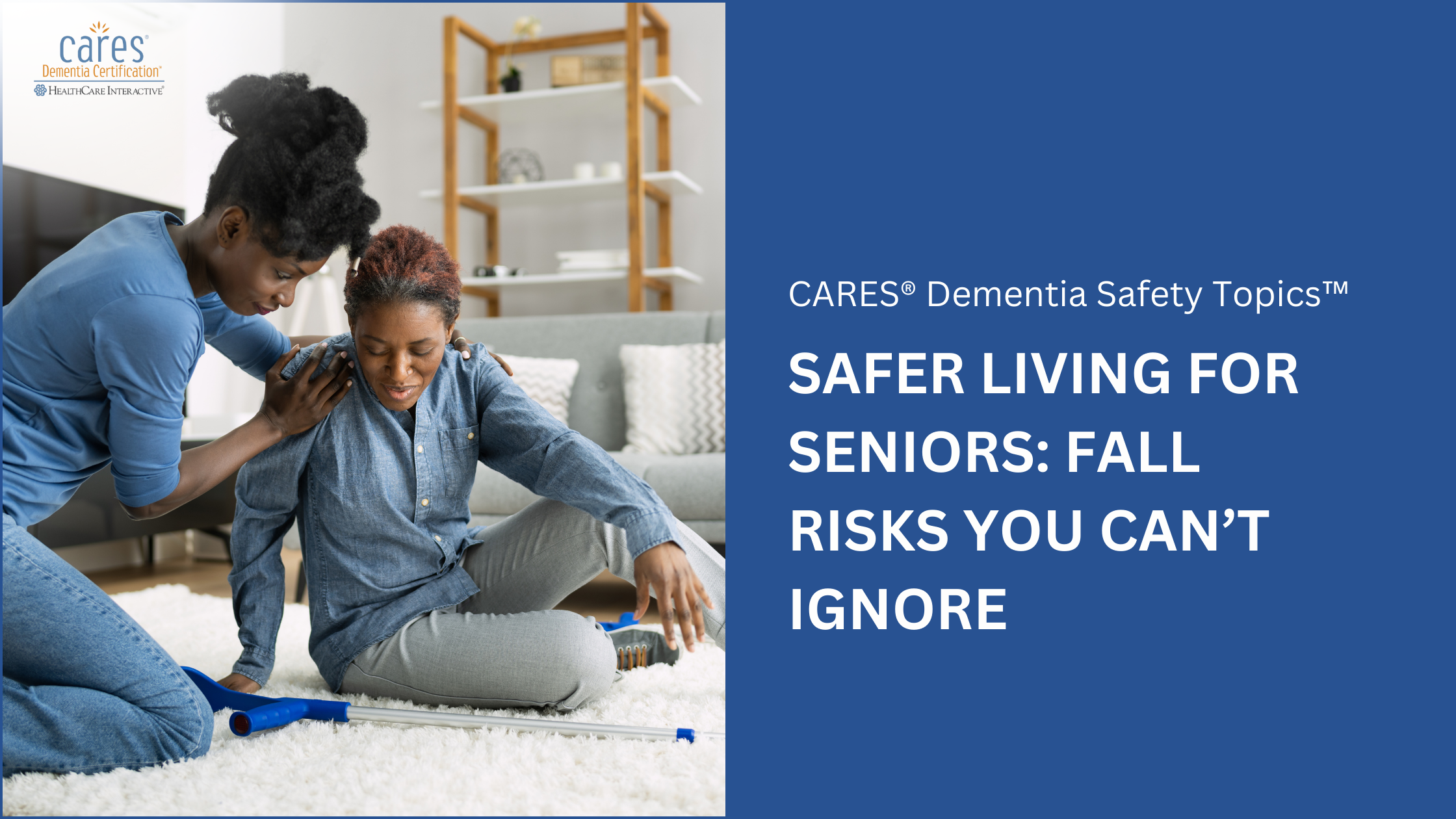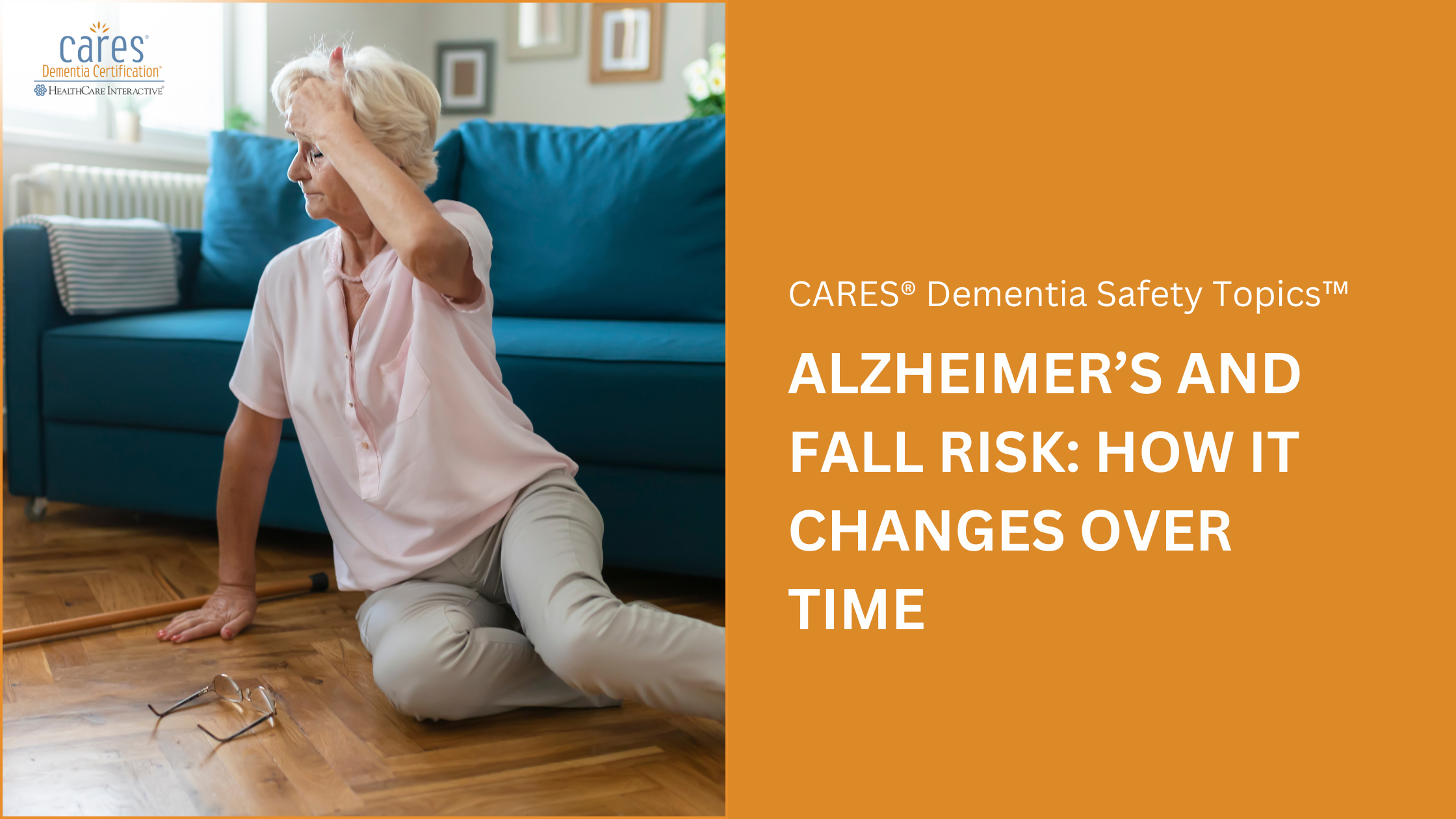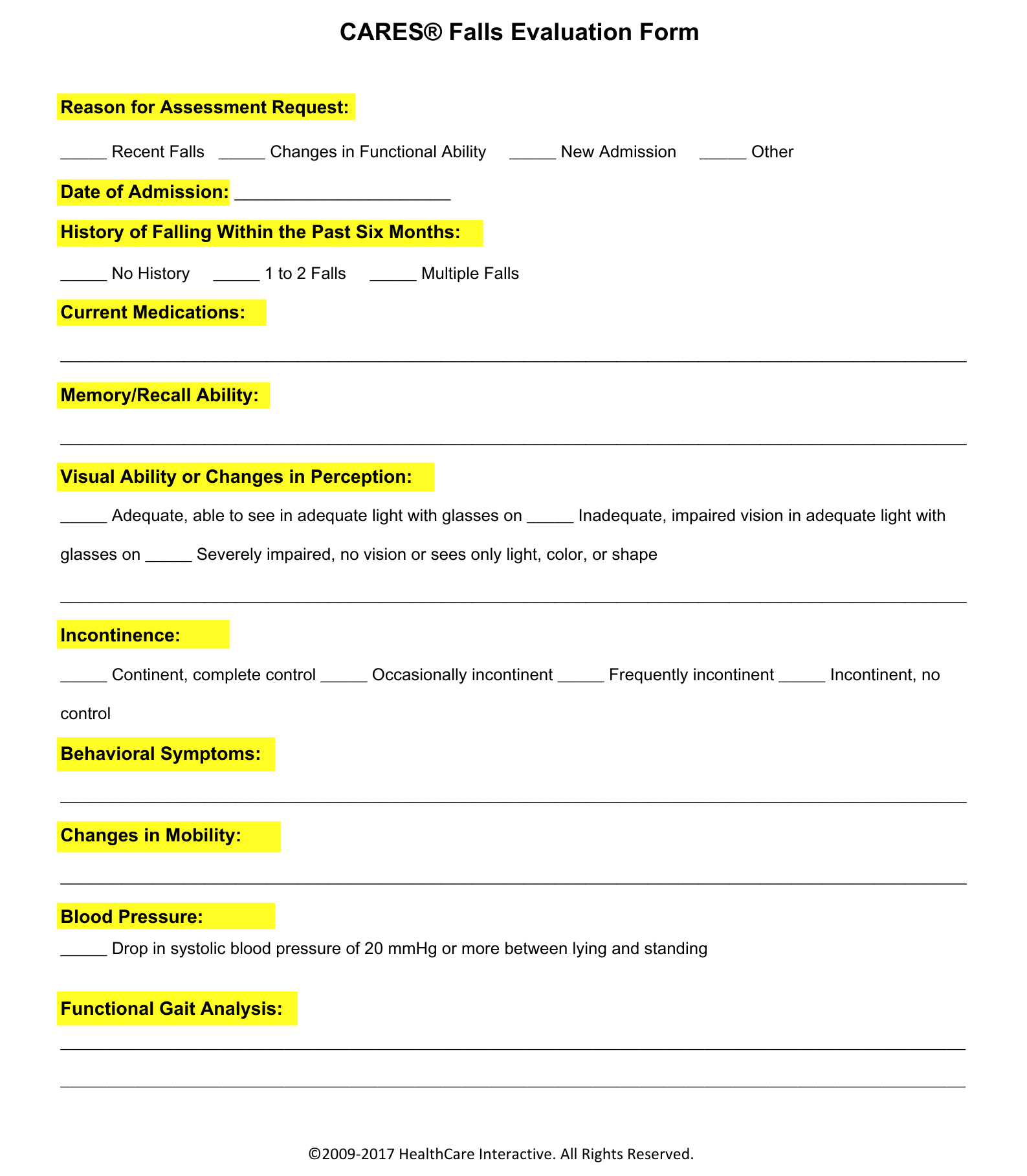Wandering is one of the most concerning behaviors associated with Alzheimer’s disease and related dementias. It can occur at any stage of the disease, though the likelihood and risks of wandering change as dementia progresses. Understanding how wandering appears at different stages can help caregivers recognize early signs and put safety strategies in place.
Normal Thinking (No Symptoms)
At this stage, a person does not have dementia. They may walk around, pace, or even take long strolls, but their actions typically have a clear purpose. Since their memory and judgment are intact, we don’t consider this purposeful movement as “wandering.”
Early Stage (Mild Symptoms)
Wandering can sometimes begin during the early stage of Alzheimer’s. For example, someone driving to the grocery store might become disoriented when faced with a detour. While they eventually find their way back using familiar landmarks, this brief period of confusion may be the first sign of wandering.
In new environments, such as an assisted living community, confusion is more noticeable. A resident might try to find the coffee shop they saw earlier but forget which floor it’s on, wandering in circles or even forgetting why they set out in the first place.
Caregiver tips for early-stage wandering:
• Provide gentle guidance in new settings.
• Use familiar, personal markers (like a photo or unique decoration) on doors to help with orientation.
• Establish consistent daily routines.
• Walk with them to common areas, such as the dining room, until the path becomes familiar.
Middle Stage (Moderate Symptoms)
Wandering tends to increase in the middle stage, when people still retain many abilities but are more vulnerable to confusion and unsafe situations.
You might notice behaviors such as:
• Moving in and out of other people’s rooms
• Picking up and carrying away personal belongings that aren’t theirs
• Difficulty locating familiar places like the bathroom or their own room
• Pacing due to delusions or hallucinations, sometimes reliving past memories that feel real to them
Since they may still be able to learn and memorize, people in this stage can even pick up on staff routines—such as remembering the code to a locked exit—making safety more challenging.
Caregiver tips for early-stage wandering:
• Use door alarms, motion sensors, or monitoring systems to be alerted if someone tries to leave.
• Post simple signs (like “Bathroom” or “Bedroom”) with words or pictures to help with orientation.
• Create secure spaces where the person can walk freely without risk of leaving or getting hurt.
• Having personal belongings within reach can reduce the urge to take things from others’ rooms.
• Structure daily activities to provide engagement and reduce restlessness.
• If someone is pacing or trying to leave, guide them toward a calming activity (like folding towels, looking through photos, or listening to music).
Late Stage (Severe Symptoms)
In the early part of the late stage, wandering can continue, but it often looks different. People may walk about aimlessly, unable to explain where they are going or why. Often, their actions are tied to basic needs: searching for a bathroom, looking for food, or following an old routine.
As dementia progresses further, mobility declines. People may lose the ability to walk on their own and need assistance to move from a bed to a chair. At this point, the risk of wandering becomes very low, and eventually, it disappears altogether.
Caregiver tips for late-stage wandering:
• Pay close attention to behavior patterns.
• Look for unmet needs that may be driving the movement.
• Ensure safe surroundings with clear cues for eating, toileting, or resting.
Caring with Awareness in Alzheimer’s disease
Wandering is not random—it often stems from unmet needs, confusion, or attempts to follow past habits. By recognizing how wandering looks at different stages of Alzheimer’s disease, caregivers can better anticipate risks and provide safe, supportive care.
With patience, observation, and the right strategies, it’s possible to reduce stress for both the person with dementia and those caring for them.
Get 10% off on CARES® training and gain stage-specific strategies to recognize, prevent, and manage wandering in dementia care. Use code Halloween10 by November 15, 2025.

